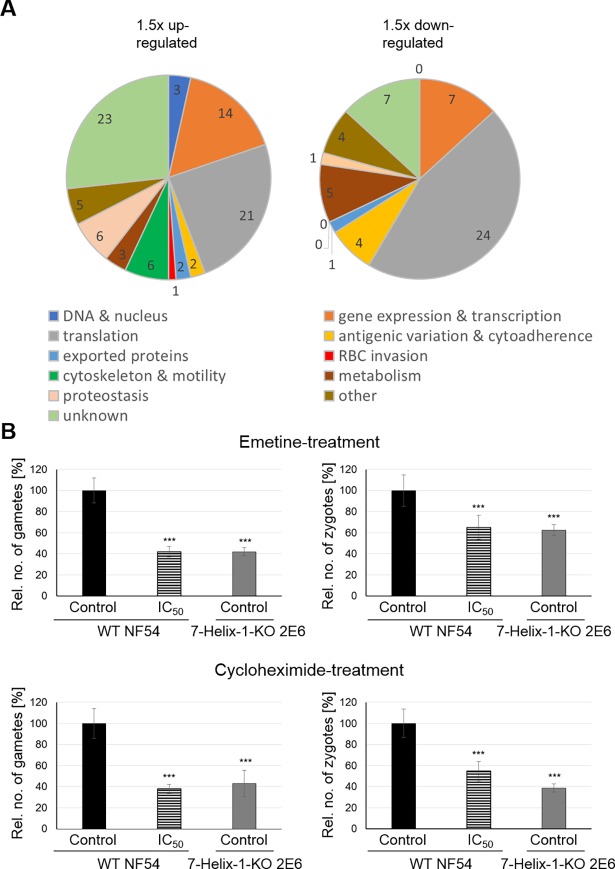Fig 5. Transcriptional deregulation in 7-Helix-1-KO gametocytes and loss-of-function mimicry by chemical inhibition of translation.
(A) Pie charts depicting genes with deregulated transcripts in activated 7-Helix-1-KO gametocytes grouped by function. Mature gametocytes of strain WT NF54 and 7-Helix-1-KO 2E6 were activated and samples were collected at 30 min p.a. Total RNA was isolated and cDNA synthesized to be employed in microarray assays. Genes expressed in gametocytes (defined by transcript levels > 50% of peak transcript levels) with relative transcript levels greater (left pie) and lower (right pie) than 1.5-fold were grouped based on the predicted functions. Microarray analyses were performed once. (B) Loss-of-function analysis in gametocytes following chemical inhibition of translation. Mature gametocytes of WT NF54 or 7-Helix-1-KO line 2E6 were treated with emetine or cycloheximide at IC50 concentrations (as determined by Malstat assay) or solvent alone for 30 min at 37°C, followed by in vitro activation. Samples were taken at 30 min (macrogametes) and 4 h (zygotes) p.a. and immunolabeled with anti-Pfs25 antibody. The numbers of parasites per 1,000 RBCs were counted five times (mean ± SD). Gametes/zygotes formed in the solvent-treated WT line were set to 100%. *** p ≤ 0.001 (One-Way ANOVA with Post-Hoc Bonferroni Multiple Comparison test). Results are representative for two independent experiments.

